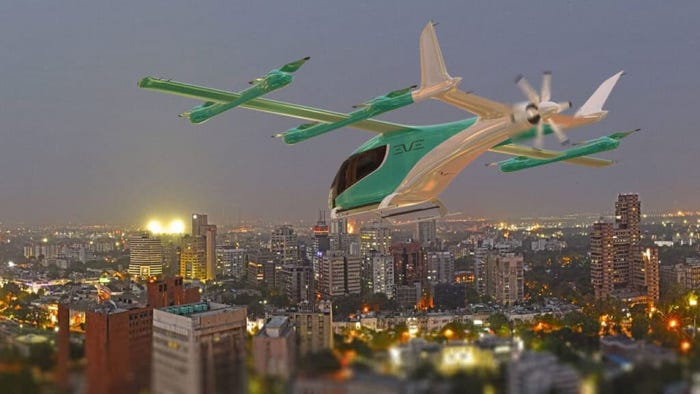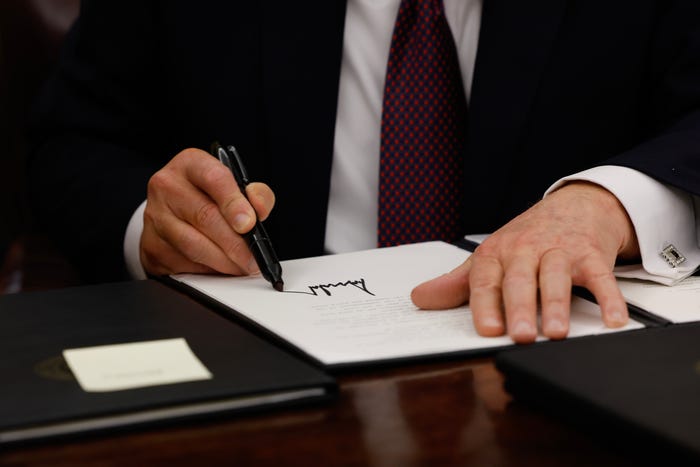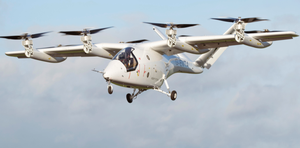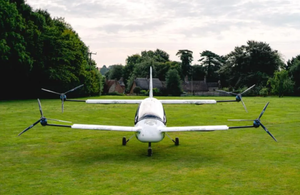Navy Acquires Autonomous Ship That Can Power Itself for 30 DaysNavy Acquires Autonomous Ship That Can Power Itself for 30 Days
The ship will be the Navy’s largest-ever autonomous vessel

The U.S. Navy has taken delivery of an autonomous ship designed by Austal to run at sea for 30 days by itself, in a collaboration the Navy says is a “game-changer” for the shipbuilding industry.
To create the self-operating ship dubbed the EPF13, Austal fitted its existing Spearhead Expeditionary Fast Transport ships with automated maintenance and health monitoring, as well as a machinery control system (MCS) which "allow the ship to be minimally manned by centralizing machinery operations to the bridge."
“It’s very exciting to see this advanced autonomous technology from our partners at L3Harris and General Dynamics Mission Systems working so well in our proven Austal hull design; to become what is now the US Navy’s largest surface ship with autonomous capability,” said Paddy Gregg, Austal CEO. “EPF13 can operate for up to 30 days without human intervention, which opens up so many opportunities for unmanned missions in various operations, as an autonomous prototype.”
Measuring 337 feet, the boat will be the Navy’s largest-ever autonomous craft. The Spearhead-class vessels also have a maximum speed of 45 mph and a maximum payload capacity of 544 metric tons.
“Austal USA is proud to deliver this ship to our Navy – it’s innovative and is going to be a critical asset as unmanned capabilities continue to push boundaries and redefine how missions are achieved,” said Rusty Murdaugh, Austal USA’s president. “A lot of capability is being delivered to our warfighters with this ship and I’m incredibly proud of our team of shipbuilders.”
EPF-13 has potential use cases as an unmanned missile platform, anti-submarine weapon, radar and sensor craft, or drone landing dock and command center. It will also stand as a test for future autonomous vessel capabilities, which is an area of investment interest for the Navy.
About the Author
You May Also Like








